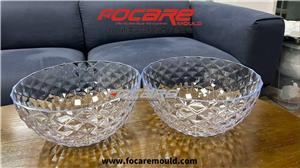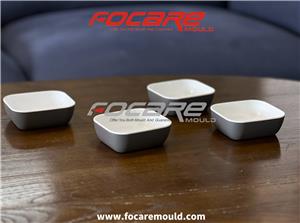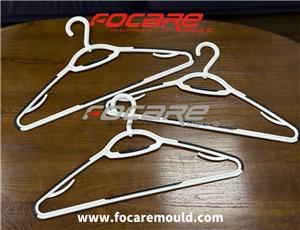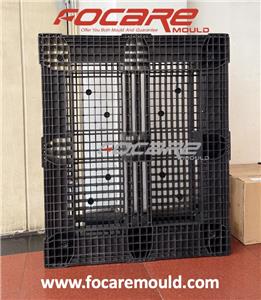Valve Gate vs Open Gate in Injection Molding
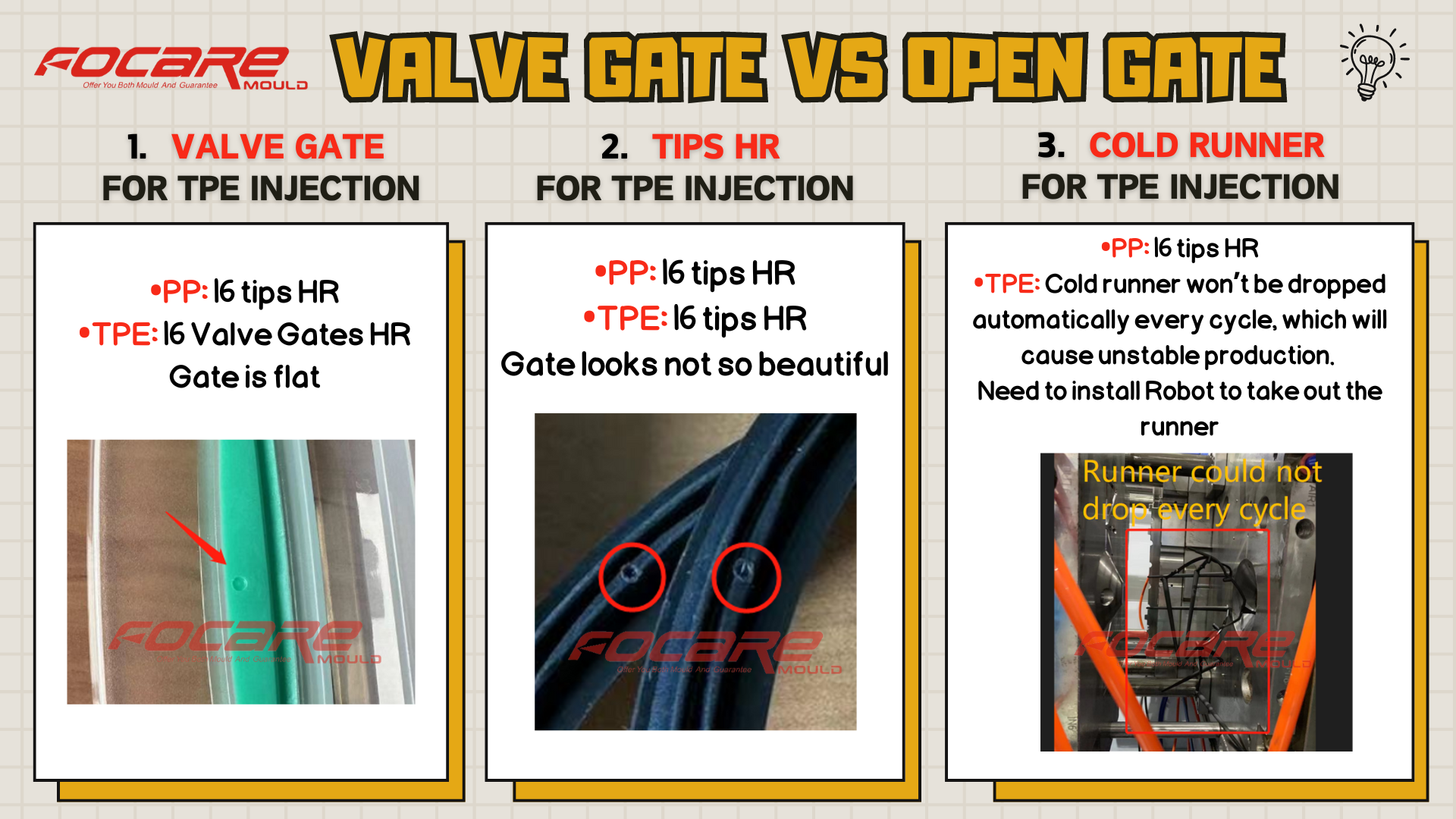
Valve Gate vs. Open Gate in Injection Molding: A Comprehensive Comparison
Injection molding is a widely used manufacturing process for producing plastic parts with high precision and efficiency. Among the various components and technologies involved in injection molding, the gating system plays a crucial role in determining the quality and characteristics of the final product. Two primary gating methods are valve gate and open gate systems. Understanding the differences between these two systems is essential for selecting the appropriate method for specific applications.
Understanding Injection Molding Gates Importance
An injection molding gate is the entry point through which molten plastic flows from the runner system into the mold cavity. The design, size, and location of the gate are vital factors that influence the flow of the material, the filling of the mold, and the final properties of the molded part. There are various types of gates, including pin gates, submarine gates, and valve gates, each suited for different applications and requirements. Gate should also be put on the part's non-functional areas.
Hot Runner vs Cold runner Systems

In a cold runner system, plastic is not consistently heated on the way to the mold, therefore after the injection, most gates are attached to sprues ane runners. It will need an extra robot hand to take our the runner of the mold, which will cost a longer cycle time.
A hot runner mold, on the other hand, is an assembly of heated components used in a plastic injection mold that inject molten plastic into the cavities of the mold.
Hot runners are complicated systems, they have to maintain the plastic material within them heated uniformly while the rest of the injection mold is being cooled in order to solidify the product quickly.
Key Differences
1. Control Over Flow
Valve Gate: The valve gate system offers precise control over the flow of molten plastic. This control helps in achieving uniform filling, reducing the risk of defects such as sink marks, weld lines, and flow lines. The ability to control the flow also allows for sequential filling of multi-cavity molds, improving part consistency.
Open Gate: In an open gate system, there is no mechanism to control the flow at the gate. The molten plastic flows freely, which can lead to variations in filling and potential defects. This system is simpler and may be suitable for less complex parts where high precision is not critical.
2. Aesthetic Quality
Valve Gate: The valve gate system minimizes gate marks on the surface of the molded part. Since the valve closes the gate cleanly, the gate vestige is smaller and less noticeable. This results in a higher aesthetic quality, making it ideal for parts where appearance is important.
Open Gate: The open gate system can leave more noticeable gate marks on the surface of the part. The free flow of plastic can result in larger vestiges that may require additional post-processing to improve the part’s appearance.
3. Cycle Time
Valve Gate: While the valve gate system offers many advantages, it can slightly increase cycle times due to the additional time required to open and close the valve. However, the improved quality and reduced need for post-processing often offset this increase.
Open Gate: The open gate system generally has shorter cycle times because there is no delay associated with valve operation. This makes it suitable for high-volume production of simpler parts where speed is a priority.
4. Maintenance and Cost
Valve Gate: The valve gate system is more complex and requires regular maintenance to ensure proper operation of the valve mechanism. The initial cost of a valve gate system is higher due to its complexity and the need for precise components.
Open Gate: The open gate system is simpler and requires less maintenance. The initial cost is lower, making it an economical choice for applications where the benefits of a valve gate system are not necessary.
5. Applications
Valve Gate: This system is ideal for applications requiring high precision, uniformity, and superior surface finish. It is commonly used in the automotive, medical, and electronics industries where part quality is critical. Or more and more customer looking for high-quality will also choose valve gate system.
Open Gate: The open gate system is suitable for less complex parts where high precision is not as critical. It is often used in the production of simple containers, toys, and other consumer products.
Conclusion
Choosing between a valve gate and an open gate system in injection molding depends on the specific requirements of the application. The valve gate system offers superior control, aesthetic quality, and uniformity, making it ideal for complex and high-precision parts. On the other hand, the open gate system provides a cost-effective and faster solution for simpler parts where such high levels of control and surface finish are not necessary. Understanding the strengths and limitations of each system will help manufacturers make informed decisions to achieve optimal results in their injection molding processes.
Focare Mould is China professional multi shot mold manufacturer, china mold maker, multi shot injection molding expert. Specializing in two color molds for many years.
If you are looking for a good mold maker in China, Focare Mould can give you good service.
Why choosing Focare Mould as your work partner?
1
Professional
One step and turnkey solution from part & mold design,mold tooling, making and injection molding to final delivery
2
Experienced
Advanced tooling equipment with rich experience in plastic mold & multi shot mold manufacturing
3
Reliable
Professional service team provides injection molding technical support and quick after sale mold services


